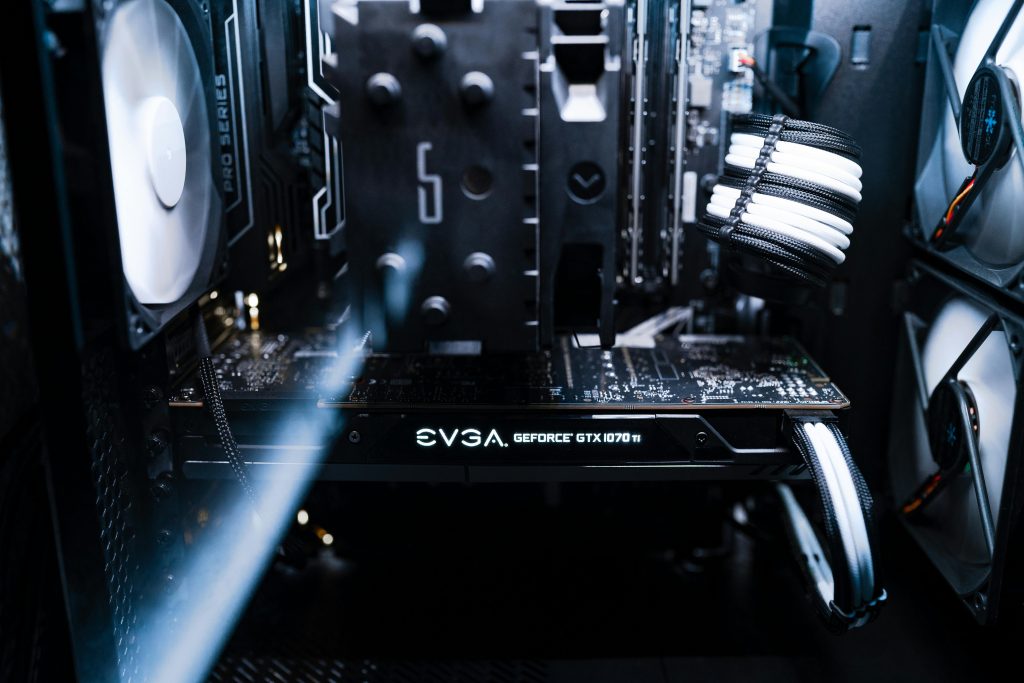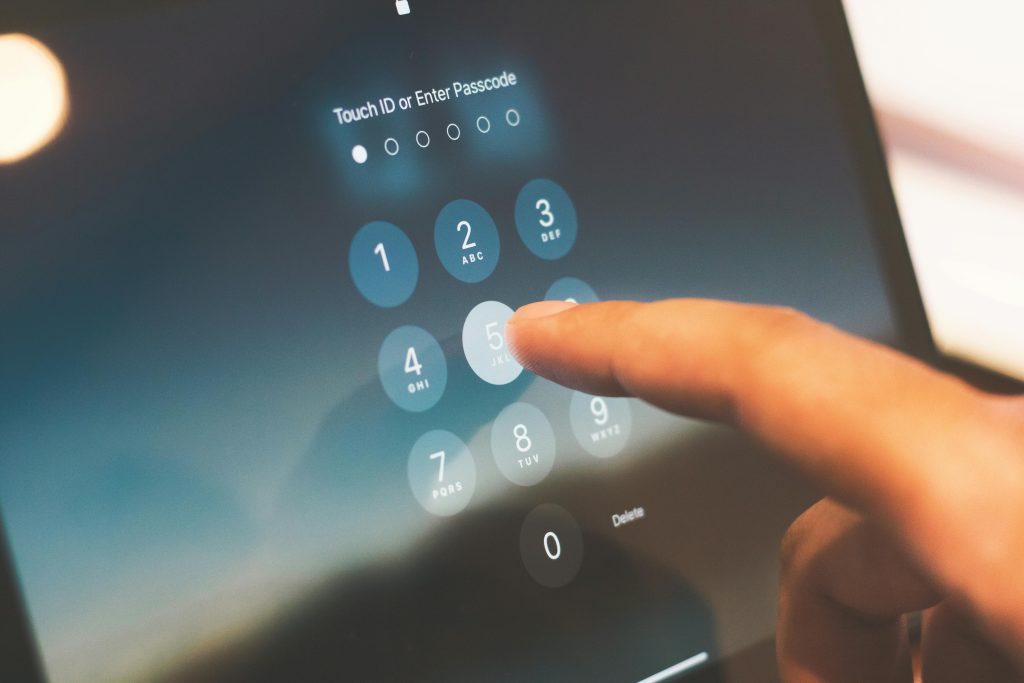Creating a Remote Power Button for Your PC Using ESP8266: A Guide to Safe and Effective Circuit Design
In the realm of DIY PC mods, integrating remote control functionality can significantly enhance user convenience. One common approach involves utilizing a microcontroller, such as the ESP8266, to emulate the traditional power button. If you’re planning to develop a remote power switch for your PC using an ESP01-S module, understanding the necessary circuitry to safely and reliably simulate the power button press is crucial.
Understanding the PC Power Button Circuit
Most modern motherboards interpret a momentary connection between the power-on pin (often labeled “PWR_ON” or similar) and ground as a signal to turn on the system. When this pin is shorted to ground, the PSU triggers the power-up sequence, mimicking a physical button press.
The Challenge: Directly Connecting the ESP8266
The question arises: Can the ESP8266’s GPIO pin be directly connected to the power-on pin to simulate the button press by pulling it low? While this might seem straightforward, it’s essential to evaluate whether this approach is safe for the microcontroller and the motherboard.
Key Considerations:
– Voltage Compatibility: The ESP8266 operates at 3.3V logic levels.
– Current Limitations: GPIO pins can source or sink only limited current; exceeding this can damage the microcontroller.
– Electrical Safety: Ensuring that the motherboard’s circuitry is protected from potential voltage or current transients.
Recommended Circuit Design
To safely interface the ESP8266 with the PC’s power-on circuit, incorporating some basic protective components is advisable. The simplest approach involves using a transistor or an optocoupler, but if you prefer a minimalist design, a current-limiting resistor may suffice.
Using a Resistor and Direct Connection
If the power-on pin on your motherboard is a momentary contact that is pulled up internally or externally, connecting the GPIO pin directly to this pin through a resistor can work. In this case:
- Connect the GPIO pin from the ESP8266 to the power-on pin via a resistor.
- When the GPIO pulls low, it simulates pressing the power button.
Choosing the Resistor Value
To protect the ESP8266 and ensure proper operation:
– Use a resistor in the range of 10kΩ to 100kΩ.
– A 10kΩ resistor is typically a good starting point, providing a balance between current limiting and ensuring the signal is strong enough to trigger the motherboard
Share this content:



